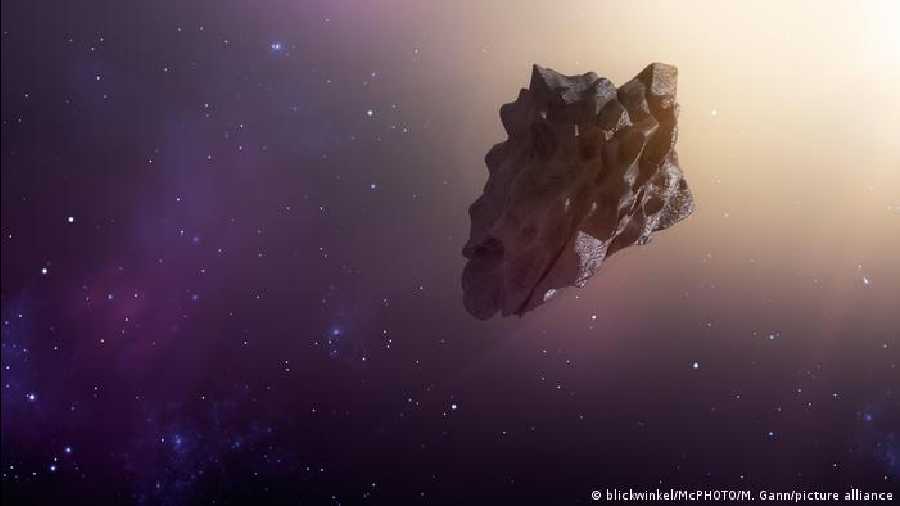Think of our galaxy — the Milky Way — and you will likely see stars and planets. You may also see satellites and asteroids. But while all that is most often only in our minds' eye, astronomers use space-based missions, like the European Space Agency's Gaia telescope, to see billions of celestial bodies.
ESA describes Gaia as an "ambitious mission to chart a three-dimensional map of our Galaxy, the Milky Way" and in the process reveal the composition, formation and evolution of the Galaxy.
Gaia has already revealed that there are almost 10 times more asteroids than we thought in the solar system. We now know more about the physical properties — shape, size, color and motion — of over 60,000 asteroids.
These details can give us an insight into what our solar system is made of and how it could have originated and evolved over time.
Gaia: A 'fingerprint' of the Milky Way
The Gaia mission has identified at least 2 billion objects in our galaxy. And with the third and largest set of data, released on June 13, 2022, scientists can start to describe what they are actually seeing because we are now able to see the color of light that different stars emit. It is like a person with color blindness seeing colors for the first time.
But what information does the color of these stars give us?
First, the color of a star indicates what metals or gasses make it what it is. A star emits different colors depending on its elements.
Gaia uses a process called spectroscopy, which studies the association between these materials and the colors they create. It is giving us what scientists call a "fingerprint" of the galaxy.
Second, based on these colors, we can point to stars that may have originated in the same regions. That means we can look back in time and understand how various stellar populations emerged over time and how stars may form in the future.
Gaia observes the widest range of the Milky Way
Many space-based telescopes observe a fixed range. But Gaia has one of the widest ranges of coverage we have ever achieved.
Gaia resides at about 1,5 million kilometers from the Earth in what's called the "anti-Sun direction" — it orbits the sun together with the Earth, while looking away from the sun. It rotates at a 45 degree angle and spins around its own vertical axis every six hours.
That gives Gaia one of the widest fields of vision we have ever had in the Milky Way.
Gaia sees the fastest stars in the galaxy
Gaia can observe the galaxy in six dimensions of space and velocity.
This has allowed astronomers to track the speed of around 33 million stars and detect whether they are moving towards or away from our solar system.
And that helps researchers observe star formations. Gaia Mission Manager, Uwe Lammers, told DW this information could throw new light on the formation and history of the sun and the solar system itself.
Gaia also sees stellar quakes
How do you find out if there was a quake in the stars? Well, Gaia can observe tsunami-like turbulences on the sun's surface to identify so-called star quakes.
These quakes are observed through the "blinking" of stars and ripples that are released when quakes happen and that are then converted into sound.
Learning about these stellar tremors has helped astronomers better understand what is happening inside the stars. It gives us an idea of a stars age and size.
Seeing binary systems of stars and black holes
Gaia observes binary star systems in our galaxy. Binary systems can include pairs of stars or stars and black holes and stars and planets that orbit each other.
Seeing those things can allow researchers to calculate the mass of a star or a black hole. Black holes teach us a lot about the laws of nature.
In the next data release from Gaia, scientists hope to see details on over 20,000 giant exoplanets. This will be achieved by measuring their gravitational effect on the movement of their host stars. Studying that will provide us with better clarity on the formation of plants in our own solar system.











